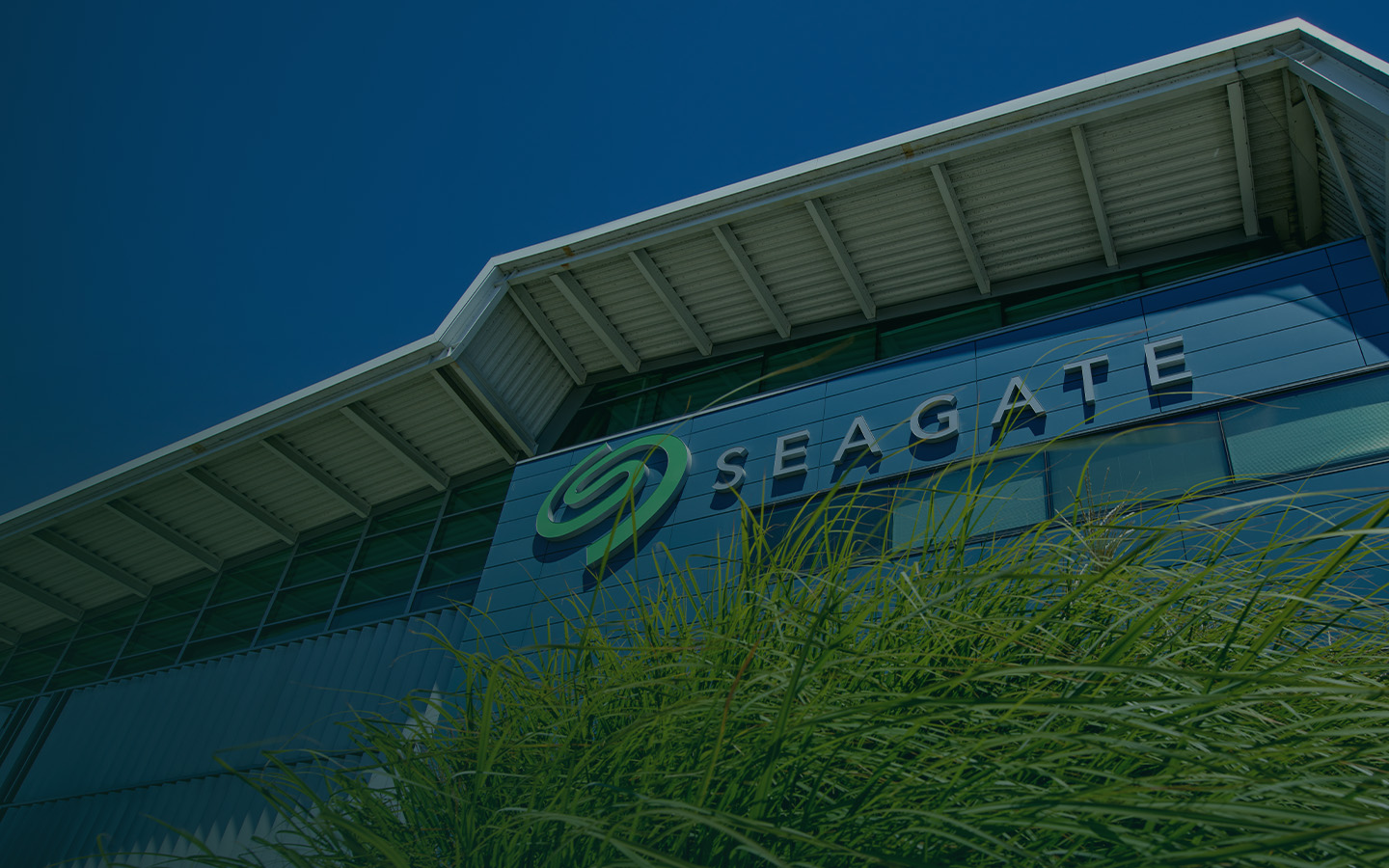There are fewer things that can go wrong with NVMe drives than with SATA drives, and fewer layers of abstraction involved. You post is impressively wrong. As long as you aren't trying to debug issues with a NVMe drive using software that's 5+ years old and hasn't been updated to support anything other than SATA, it's not going to be any harder to figure out what's wrong with a NVMe drive than to do the same with a SATA drive.
This is so false..
Again, on a NVMe drive since it uses the PCI-E you have a more things that can go wrong, then a SATA which uses just the sata bus.
A CPU will not corrupt a SATA drive, while it can corrupt a NVMe, by corrupting the PCI-E lane.
Motherboard BIOS's can also fubar a NVMe, which has been common in some cases, as the board needs to support m.2
SATA SSD either works or it doesn't, its that simple with a SATA SSD.
Either the NAND is dead, or the controller is dead, or all your SATA ports are dead.
There is no dubugging the board PCI-E, resitting the CPU, or FLASHING a new bios which a NVMe can be.
There is also no making sure you use the proper M.2, as if your cpu can not handle the lanes so your PCI-E slots are deactivated or run at which slots are deactivated when you run a PCI-E adapter.
The PCI-E lane which you are either limited to begin with, you can only debug it by moving said NVMe onto another M.2 slot or getting a PCI-E adapter for, vs a SATA which u can just move it to another port as all the ports are linked under most cases.
NVMe's are also prone to overheating vs again a SATA SSD.
960 PRO's are notorious for overheating and going thermal Throttle.
And there is no software other then crystalmark which will give you a very big grain of salt on the condition of both SATA SSD and NVMe, because you cant test sectors like you could on a spinner, as you will eat up your writes.
Even Vendor diagnostic hardware is flawed again, because again, if your problem lies at the root, meaning your PCI-e lanes, it will spit out errors.
A SATA SSD is far more easier to diagnose as its far easier to move to another system to test then a NVMe.
If you think softwares are accurate, why not share which ones the OP wants so he can see if it shows anything wrong with his 960.




